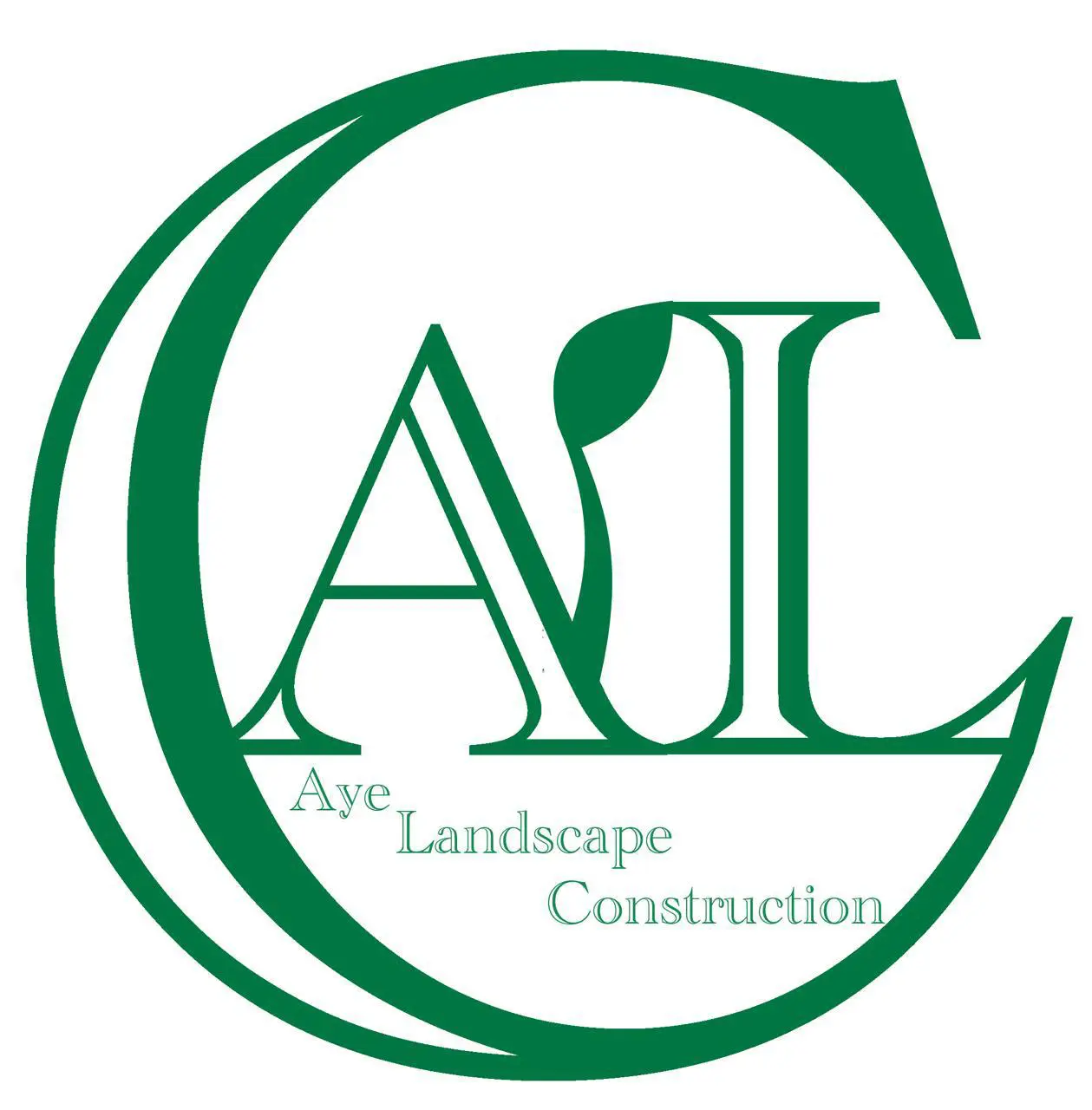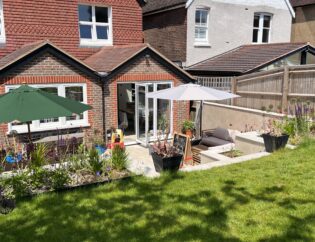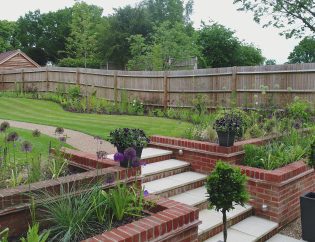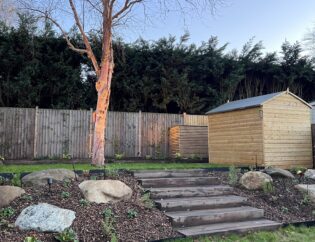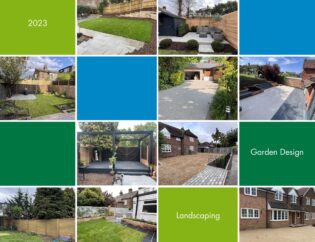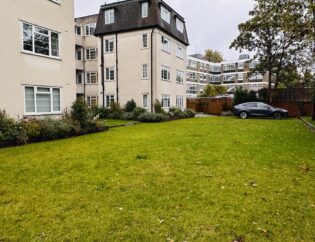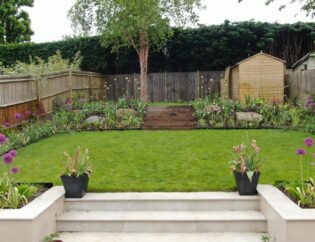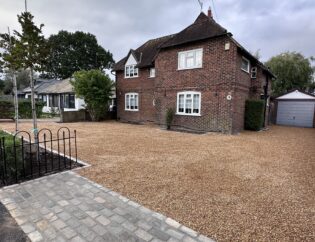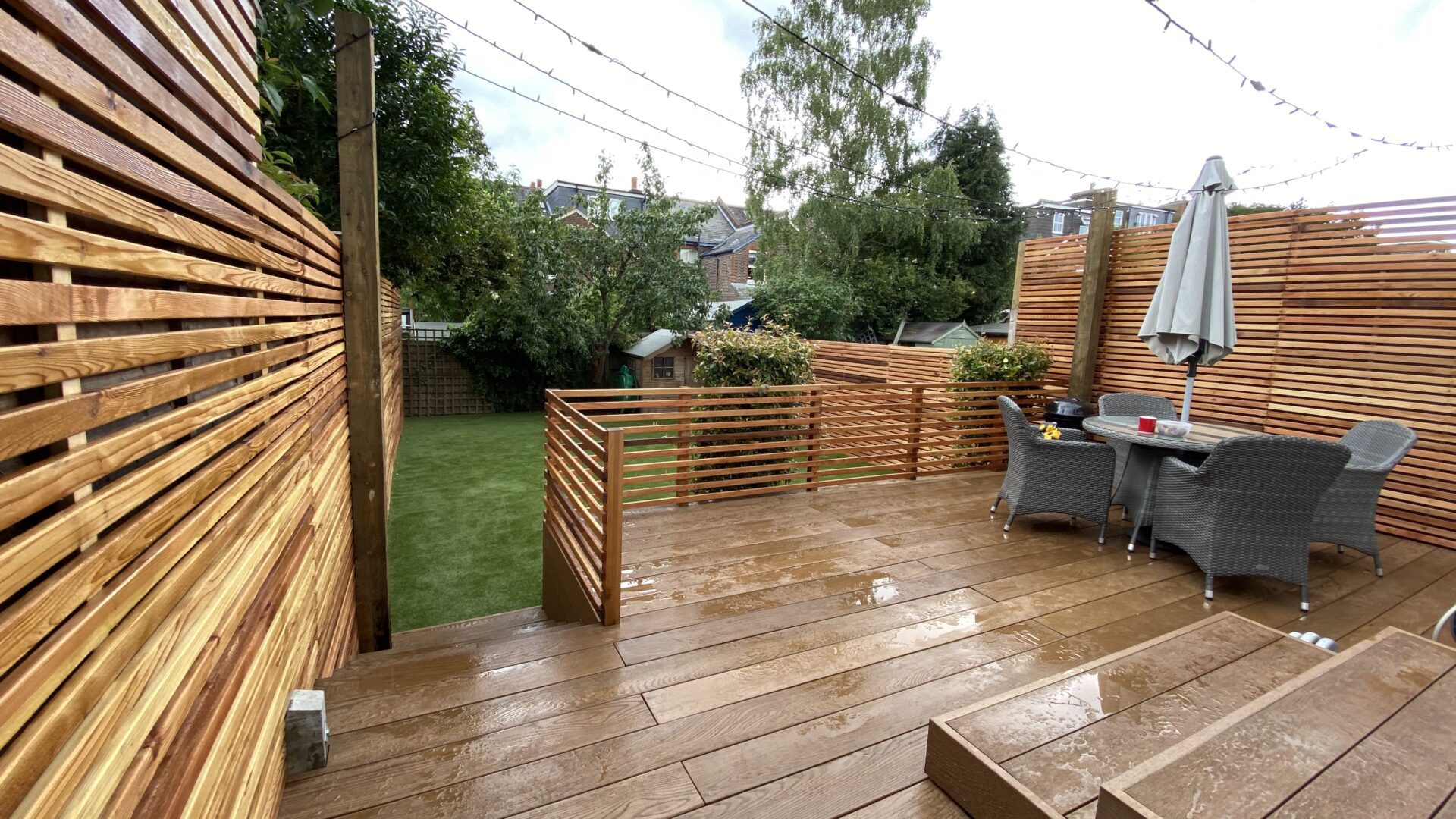
Aye's Advice: How to choose the right decking subframe
Decking subframes are probably not the first thing you think about when planning your new garden. But creating a stunning deck involves more than just selecting beautiful decking boards - it's essential to choose the right decking subframe to sit underneath.
In this post, we’ll explore the four main types of decking subframes. We’ll also explain the advantages and disadvantages of each, so that you can make an informed decision on the best subframe for your new deck.
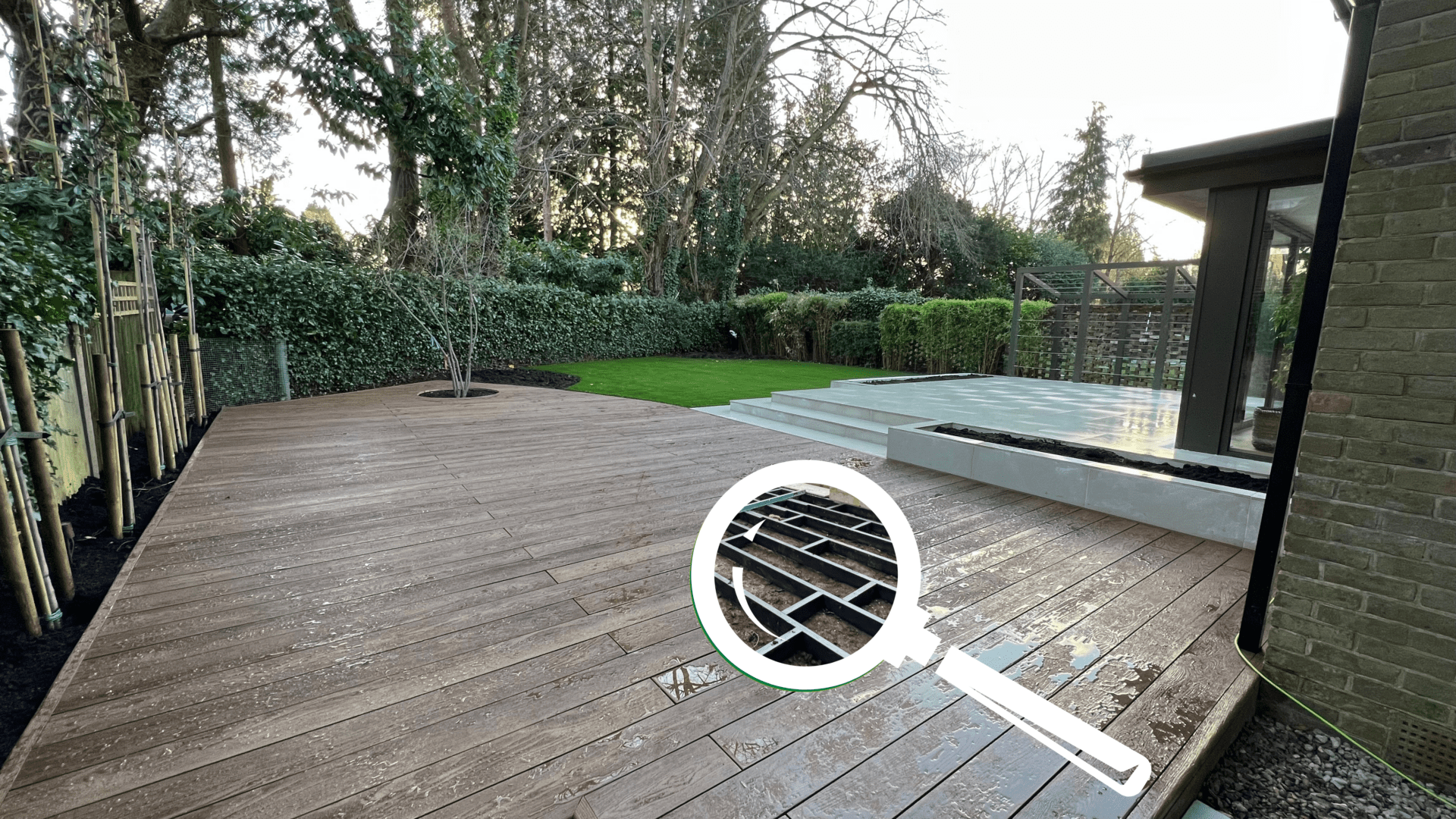
What exactly is a decking subframe?
The decking subframe is the structure that that your decking boards are placed on top of. A long-lasting deck depends on a well-constructed subframe, built from high quality materials, set in the right foundations.
Think of the subframe as the backbone of your deck, providing the base where your decking boards go, and holding everything together.
Your decking subframe is the key to a strong, long-lasting structure. Most deck failures are due to poor timber, not enough airflow or not enough drainage. Expert advice at the planning stage will ensure that you choose the right subframe and avoid any of these issues.
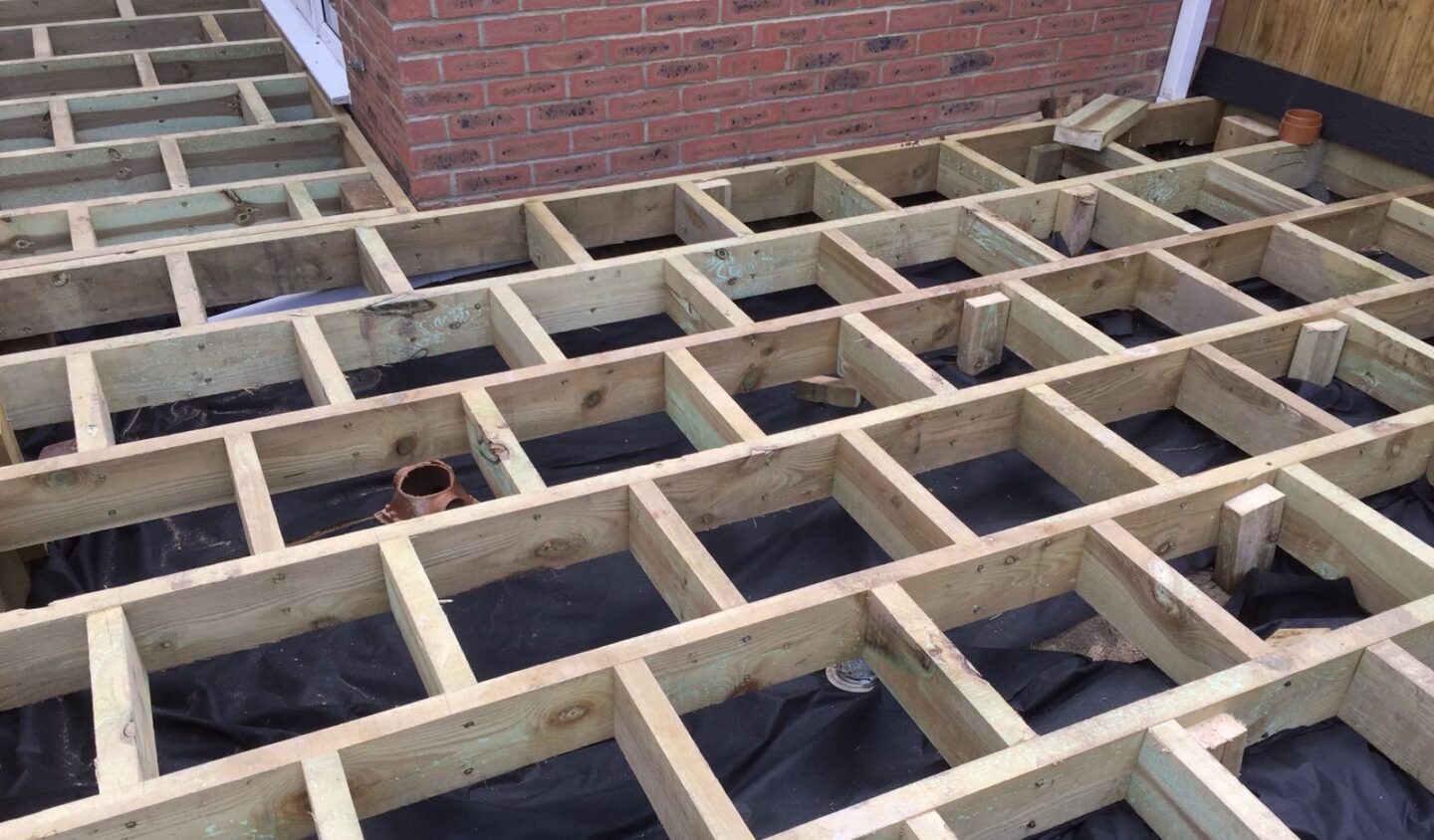
Types of decking subframe:
Pressure-treated timber subframes
Pressure-treated softwood, like pine, is a cost-effective and readily available choice for decking subframes. Treating the wood increases durability, as it helps the timber to resist decay as well as insects. Although timber is a popular choice and easily available, you should always seek professional guidance on the right specifications of pressure-treated joists to use in your project. Airflow is particularly important when considering a timber subframe to ensure durability, safety and longevity.
Don’t forget that pressure-treated wood needs regular care and maintenance to preserve its condition. While it can endure for many years, it may not match the longevity of alternative materials.
One way to increase the longevity of pressure-treated timber subframes is to apply decking tape to the tops of the joists.
Here at Aye Landscape Construction for timber joists we use Jacksons pressure-treated joists
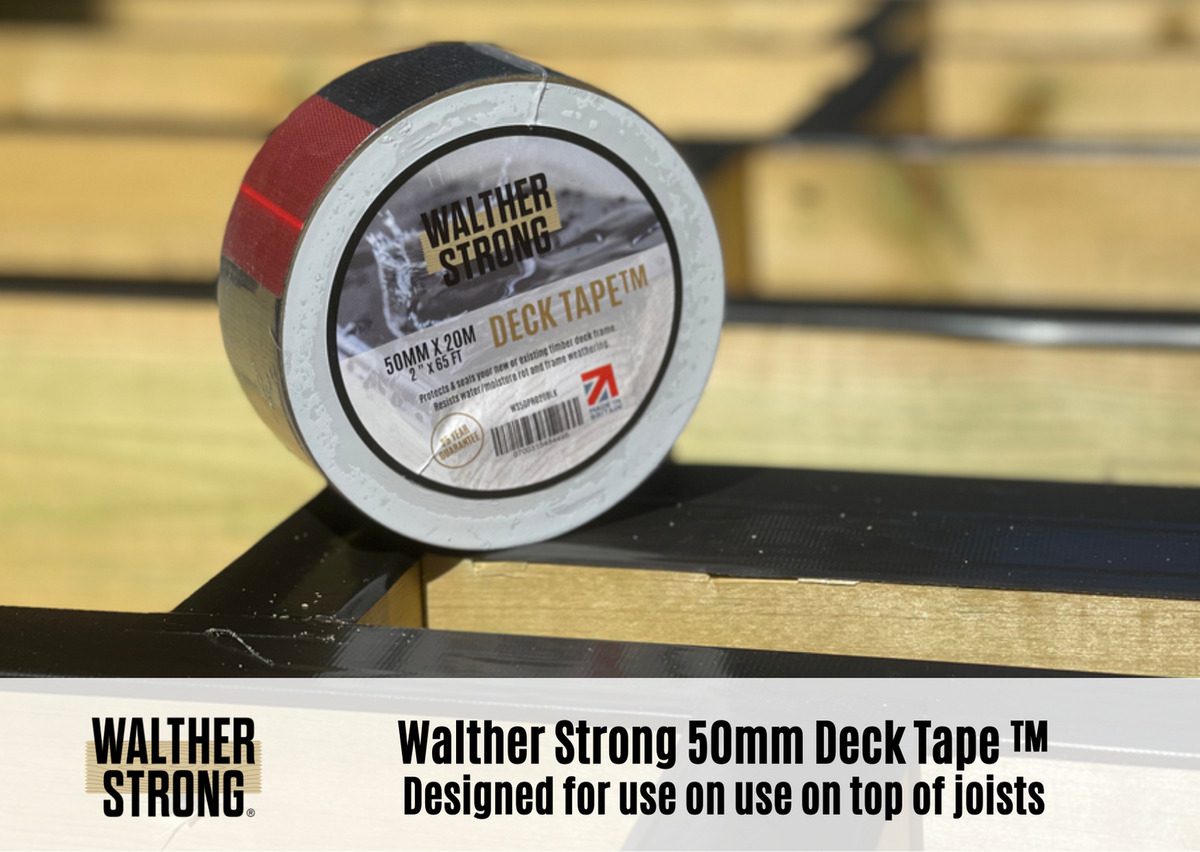
Recycled plastic subframes:
Recycled plastic (or “composite”) subframes are a lower-maintenance option, requiring minimal upkeep due to their resistance to rot, insects, and decay. Recycled plastic is flexible, making it a popular choice for curved designs that would be more difficult (and more expensive) to achieve with other materials.
Recycled plastic boasts a longer lifespan compared to traditional wood, ensuring a stable and consistent substructure. This makes them ideal for use in or near water as it doesn’t rot. For example, on floating decks, jetties and boardwalks, and around water features.
Keep in mind that the initial cost of composite subframes tends to be higher, and the options for customisation may be more limited compared to wood.
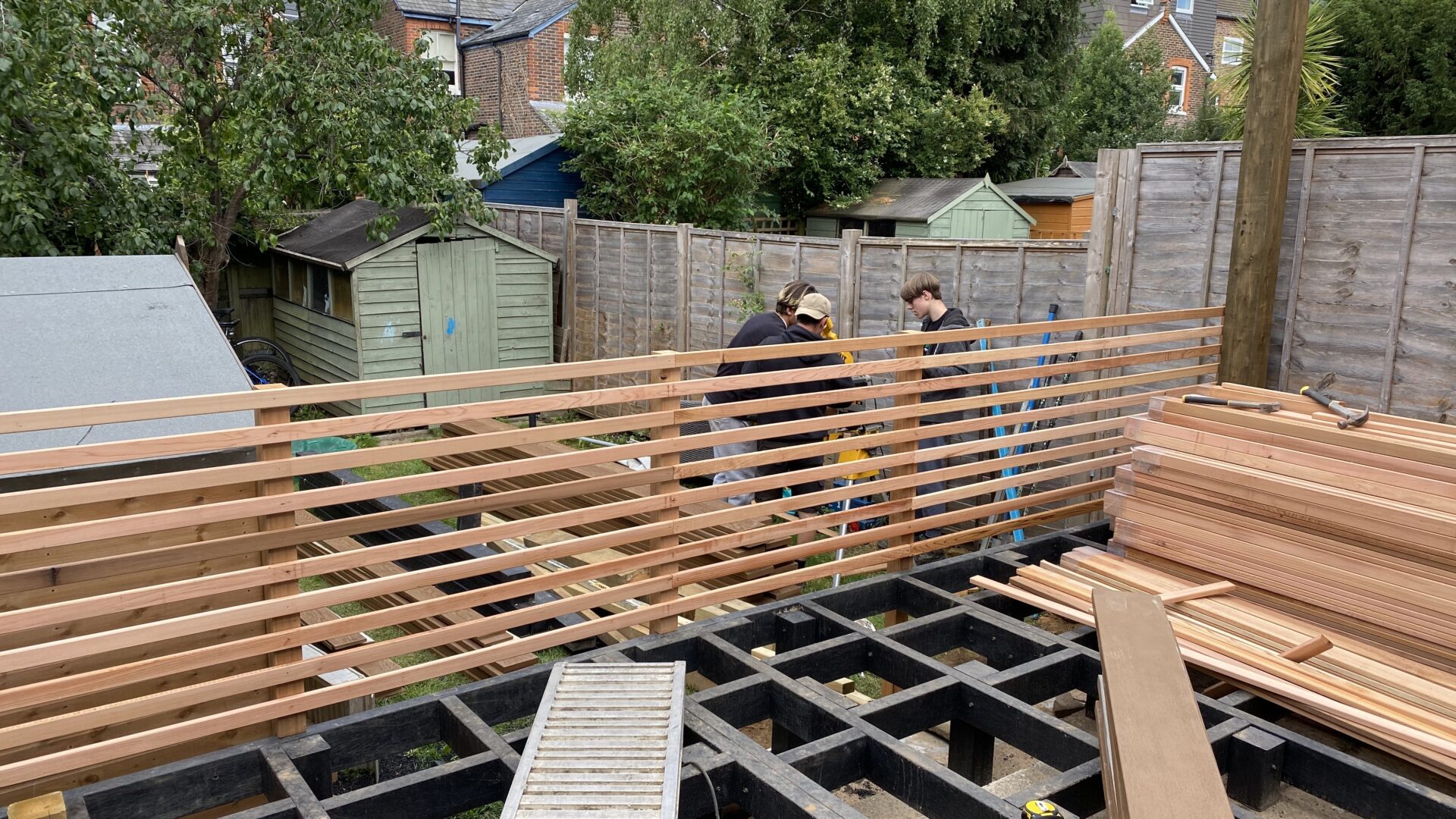
Aluminium subframes:
Aluminium subframes are a resilient and lightweight choice for your deck. Known for its durability and resistance to corrosion, aluminium ensures a long-lasting and sturdy foundation. Its innate ability to withstand various weather conditions, including moisture and extreme temperatures, makes it an excellent option for regions with diverse climates. Beyond its durability, aluminium subframes are lightweight, making the construction process more manageable.
While the initial cost may be higher compared to some other materials, the long-term benefits, including minimal maintenance and extended lifespan, could make aluminium subframes a wise investment. For this reason, they are also often used in more commercial settings.
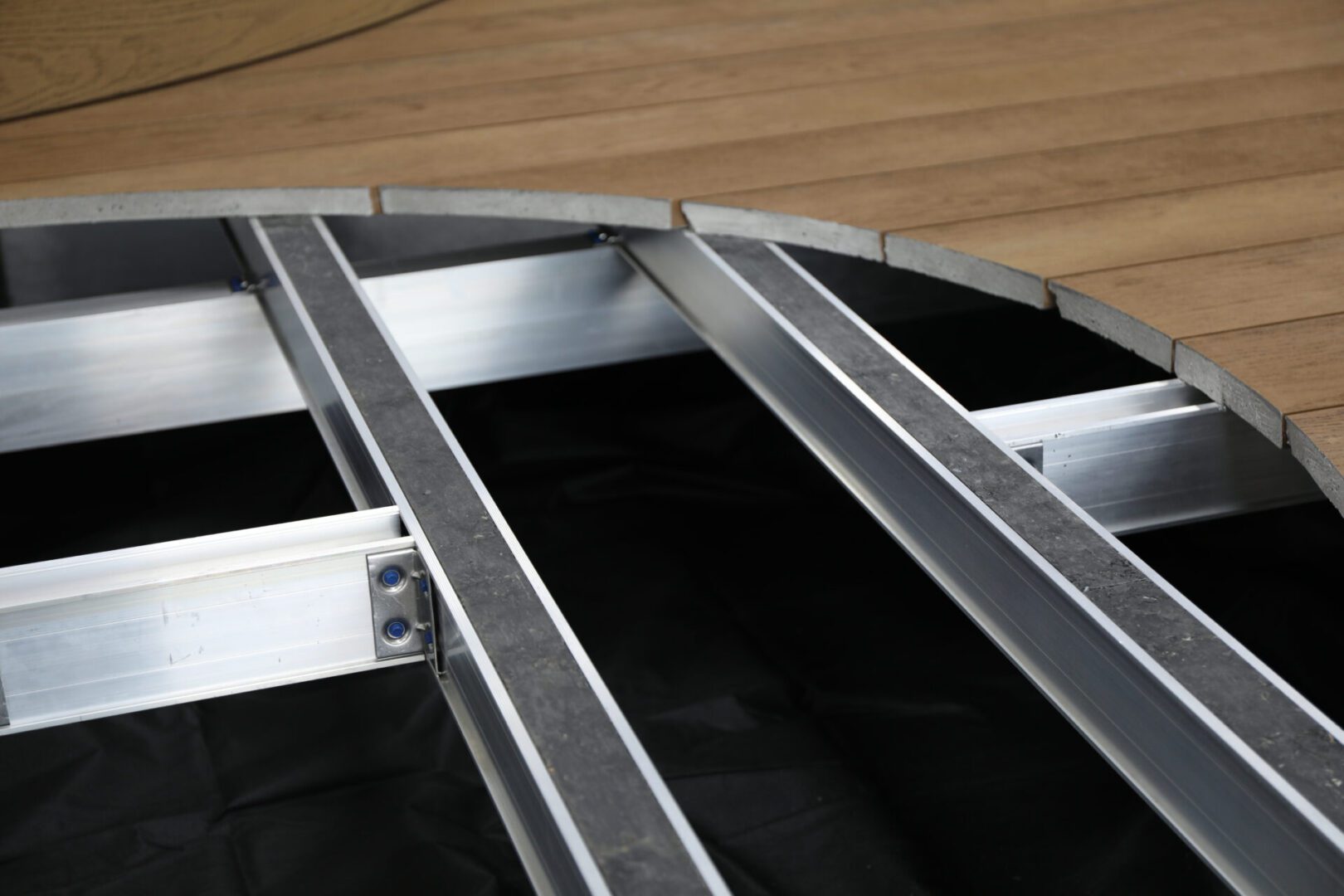
Pedestal subframes:
Adjustable pedestal systems offer versatility, particularly on uneven terrains. They are also suitable for locations where you can’t dig into the ground as a foundation, such as rooftops and balconies. Pedestal systems use “shoes” that sit on the surface that the deck is being erected on, with the joists mounted and secured in these shoes. The heights of these shoes can then be adjusted, to allow easy levelling. They also give good ventilation for moisture prevention.
The cost of adjustable pedestal systems might be higher, but are a solution to these specific scenarios where levelling and foundations would otherwise be a problem.
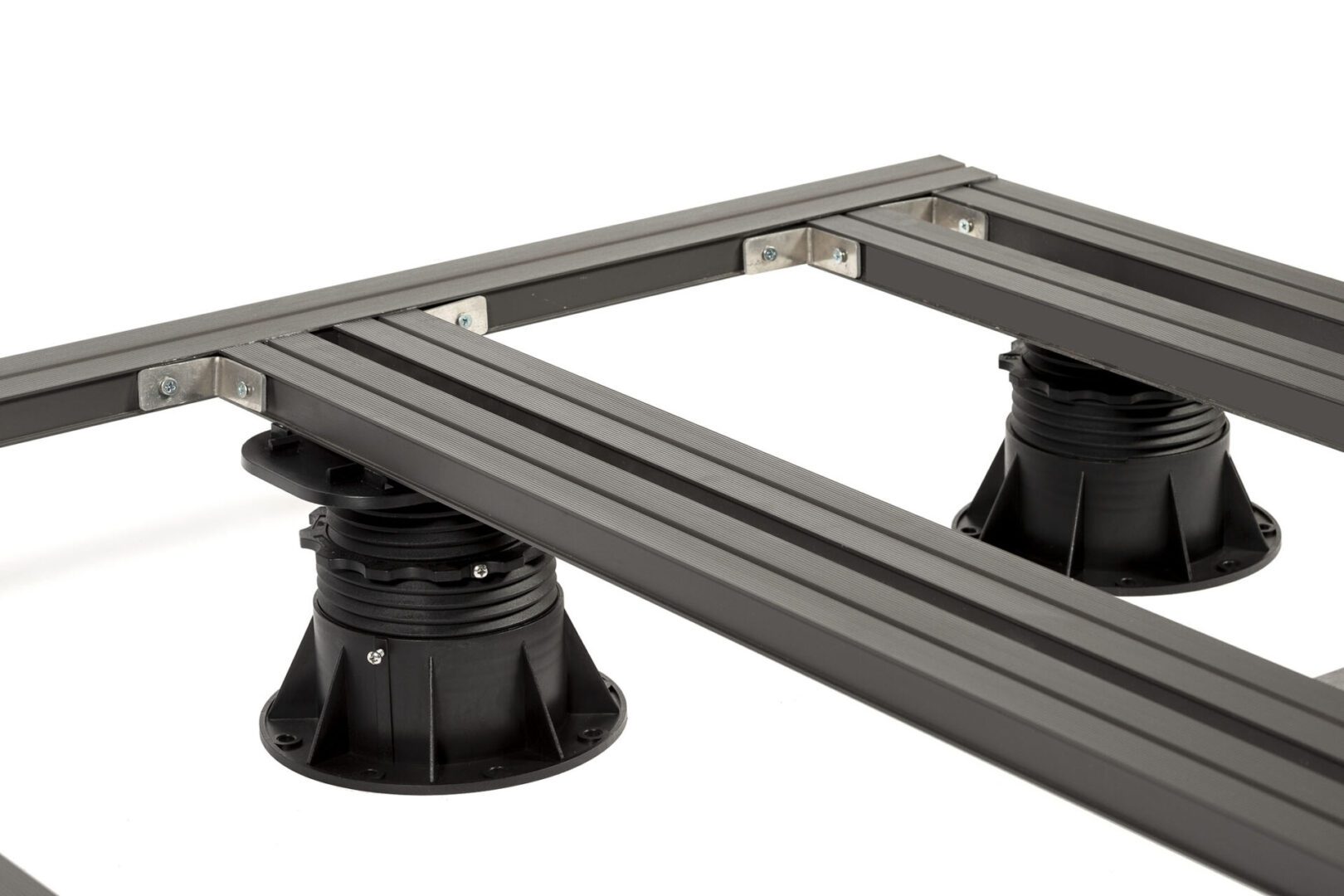
Selecting the right decking subframe is a crucial step in creating a garden deck that will last. You’ll also need to consider airflow and drainage to ensure your deck is not only long-lasting, but safe. Each option comes with its own set of advantages and disadvantages, catering to different preferences, budgets, and project requirements.
Whether you opt for the classic appeal of pressure-treated wood, the low-maintenance benefits of composite materials, the durability of metal, or the adaptability of a pedestal system, we can advise you on the best subframe for your project.
Get in touch to have a chat about your decking project, and let’s see how we can help you.
